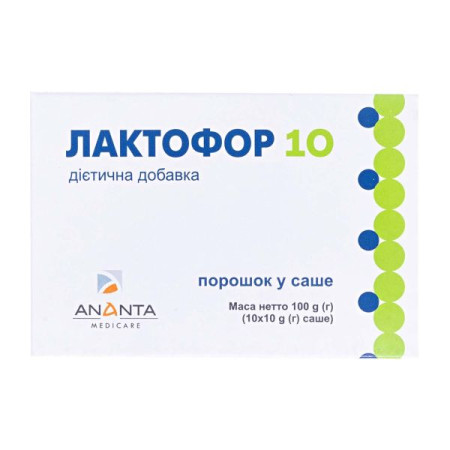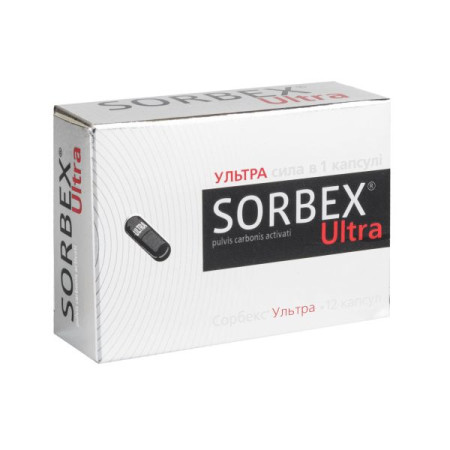Gidazepam IS sublingual tablets 0.05 g blister No. 10

Instructions for use Gidazepam IS sublingual tablets 0.05 g blister No. 10
Composition
active ingredient: gidazepam;
1 sublingual tablet contains 20 mg (0.02 g) or 50 mg (0.05 g) of hydazepam;
Excipients: lactose monohydrate, mannitol (E 421), potato starch, povidone, sodium citrate, acesulfame potassium, crospovidone, talc, magnesium stearate, melon flavoring.
Dosage form
Sublingual tablets.
Main physicochemical properties: white or white with a creamy tint, flat-cylindrical tablets, with a bevel; the company's trademark is printed on one surface of the tablet, and a line is printed on the other surface of the tablet.
Pharmacotherapeutic group
Psycholeptics. Anxiolytics. Benzodiazepine derivatives. ATC code N05B A.
Pharmacological properties
Pharmacodynamics
Gidazepam belongs to the group of benzodiazepine derivatives. It has an original spectrum of pharmacological activity, combining anxiolytic and activating effects with antidepressant action with minor side effects and low toxicity. It acts as a daytime tranquilizer and selective anxiolytic. It differs from other benzodiazepines in the presence of a pronounced activating effect, a weakly expressed muscle relaxant effect. In moderate therapeutic doses, it does not have a hypnotic effect and does not accelerate fatigue during operant activity.
In patients with alcoholism during the period of therapeutic remission, mild tranquilizing and anxiolytic effects were observed in the first days of using the drug, psychomotor agitation, anxiety and irritability were significantly reduced. The drug has the greatest effect on the manifestations of the withdrawal syndrome and during the period of remission in patients with alcoholism.
Pharmacokinetics
When used sublingually, gidazepam is rapidly absorbed. After sublingual administration of single doses, the effect of the drug manifests itself after 5–15 minutes, reaching a maximum within 1–4 hours with subsequent gradual weakening. Gidazepam is distributed most widely in the liver, kidneys and adipose tissue. Bioavailability is quite high. It has been shown that only the dealkylated metabolite is registered in the blood plasma, the unchanged drug is not detected even in trace amounts.
A feature of the pharmacokinetics of hydazepam is the low rate of elimination of its main metabolite after a single dose. The plasma half-life is 86.7 hours, the clearance is 3.03 l/h, and the average retention time is 127.32 hours.
The pharmacokinetic characteristics of hydazepam allow it to be used as a tranquilizer with a reduced risk of side effects.
Indication
It is used as a daytime tranquilizer for neurotic, psychopathic asthenias, for conditions accompanied by anxiety, fear (including before surgical interventions and painful diagnostic examinations), increased irritability, sleep disorders, as well as for emotional lability. It is also used to relieve withdrawal syndrome in alcoholism and for maintenance therapy during remission in chronic alcoholism, logoneurosis, and migraine.
Contraindication
Hypersensitivity to any of the components of the drug. Severe myasthenia gravis, significant liver function disorders (cirrhosis, Botkin's disease) and kidneys.
Interaction with other medicinal products and other types of interactions
The drug is compatible with other psychotropic, hypnotic and anticonvulsant drugs. Gidazepam potentiates the action of phenamine, 5-hydroxytryptophan, enhances the effect of alcohol, hypnotic drugs, neuroleptics, narcotic analgesics.
Application features
The use of hydazepam should be limited to individuals with open-angle glaucoma, chronic renal and hepatic failure, and alcoholic liver damage.
The drug contains lactose, so it should not be prescribed to patients with rare hereditary forms of galactose intolerance, the Lapp lactase deficiency or glucose-galactose malabsorption syndrome.
Use during pregnancy or breastfeeding
Do not use the drug during pregnancy or breastfeeding.
Ability to influence reaction speed when driving vehicles or other mechanisms
During the treatment period, you should refrain from activities that require increased attention and quick reactions.
Method of administration and doses
The drug should be administered sublingually.
Take 20–50 mg up to 3 times a day, if necessary, the dose can be gradually increased to 200 mg per day until a therapeutic effect is obtained. A course dose of 100 mg per day is optimal. The use of higher daily doses (150–200 mg) may be accompanied by increased daytime drowsiness and a feeling of muscle weakness.
As a daytime tranquilizer, Gidazepam IC® is recommended for the treatment of conditions with asthenic, depressive, phobic, and hypochondriacal disorders in doses of 60–120 mg per day.
For the relief of alcohol withdrawal, the initial dose is 50 mg, the average daily dose is 150 mg. The highest daily dose for alcohol withdrawal is 500 mg.
The duration of the course of therapy ranges from several days to 1–4 months and is determined by the doctor individually, depending on the patient's condition and the course of the disease.
The drug can be used in outpatient practice.
Children
The use of the drug in children is contraindicated.
Overdose
Side effects typical of other benzodiazepine tranquilizers may occur, such as drowsiness, lethargy, dizziness, nausea, mild ataxia, allergic reactions. In these cases, the dose of hydazepam should be reduced or discontinued.
Treatment: therapy is symptomatic.
Side effects
When using hydazepam in large doses or with increased individual sensitivity, some patients may experience phenomena characteristic of other tranquilizers - benzodiazepine derivatives.
From the nervous system: headache, drowsiness, lethargy, decreased reaction speed, decreased attention and performance, general weakness, dizziness.
Gastrointestinal: nausea.
Cardiovascular system: arterial hypotension.
Musculoskeletal system: muscle weakness.
Skin: rash, itching, skin hyperemia, urticaria.
Immune system disorders: allergic reactions, including angioedema.
Other: ataxia (a case of ataxia has been reported that coincided with the use of hydazepam).
If adverse reactions occur, the dose should be reduced or the drug should be discontinued.
Expiration date
5 years.
Storage conditions
Store in the original packaging at a temperature not exceeding 25 °C.
Keep out of reach of children.
Packaging
10 tablets in a blister; 1 blister (for 50 mg dosage) or 2 blisters (for 20 mg dosage) in a pack.
Vacation category
According to the recipe.
Producer
Additional Liability Company "INTERCHEM".
Address
Ukraine, 65025, Odessa, 21st km. Starokyivska Road, 40-A.
There are no reviews for this product.
There are no reviews for this product, be the first to leave your review.
No questions about this product, be the first and ask your question.













